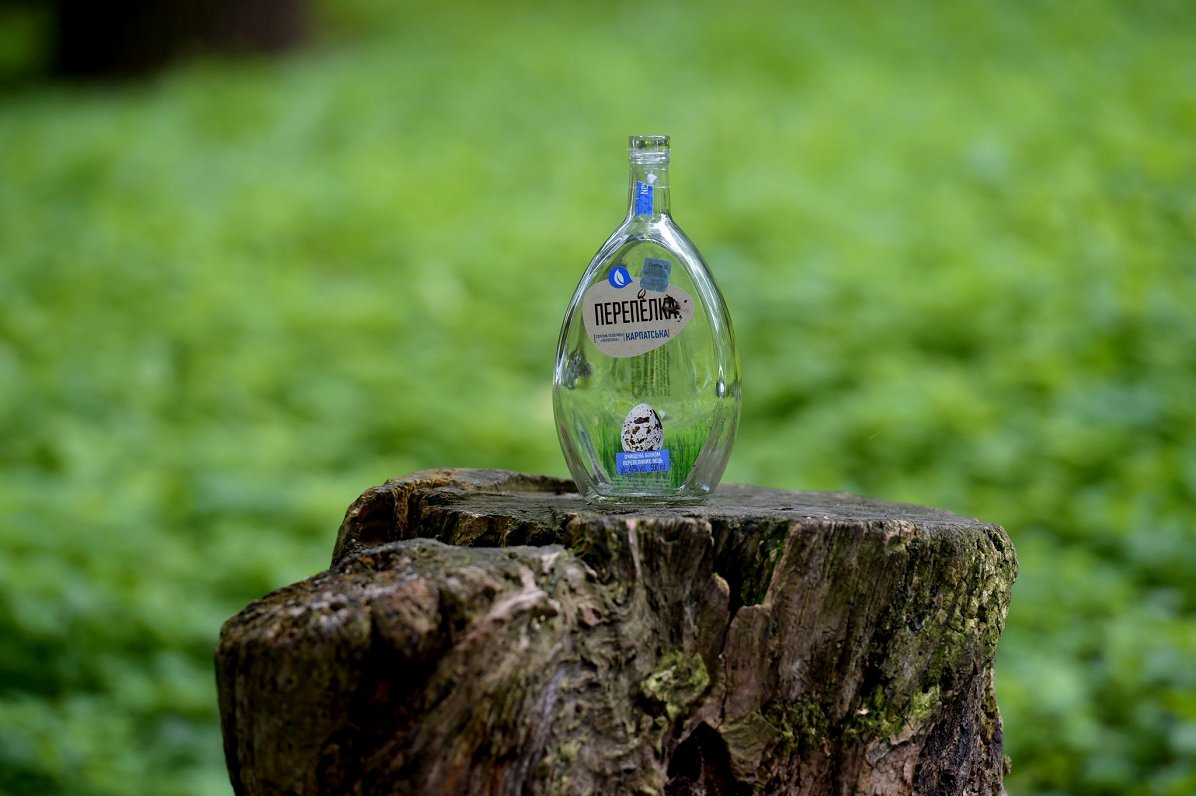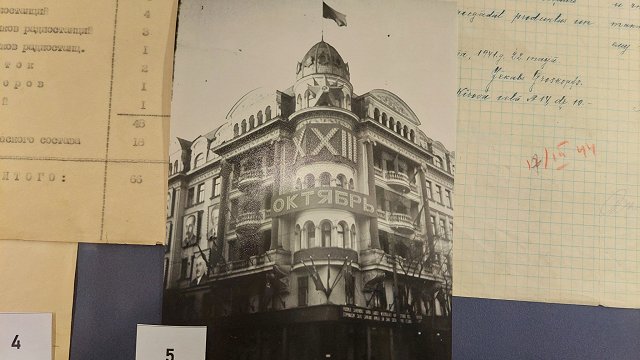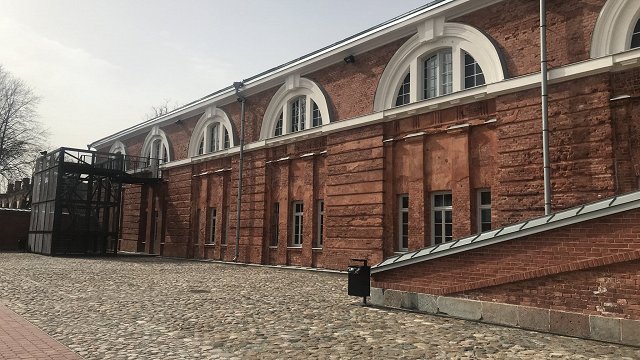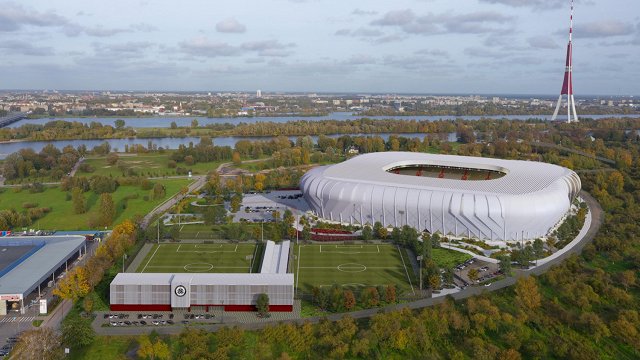The overview is split into three parts. Part 1 covers the period before and during WWII and is available here. Part 2 (here) covers the period of the USSR occupation after WWII.
The final part below considers the period after the independence restoration.
According to the Disease Prevention and Control Center (SPKC), in 2017-2022, the average consumption for every person aged 15 or over in Latvia was between 12 and 13 liters of absolute alcohol. This compares with 8 liters in Finland and the Netherlands in 2022, 10 in the UK, around 10.5 in France and Germany, 11.1 in Estonia, and 12.1 liters in Lithuania.
Alcohol after independence
The prolonged occupation of the USSR had severe consequences. The Latvian economy had been made quantitatively more productive but internationally uncompetitive. For decades, the population had been deprived of a normal education to learn the basics of a market economy. As a result of all this, the 1990s saw a rapid and severe economic transformation. From a centrally managed planned economy, Latvia was faced with the free market. A large number of enterprises did not survive this test, and within a few years, almost all the collective farms and a large number of industrial enterprises created under the USSR ceased to exist. The products previously produced proved unnecessary and uncompetitive. People's incomes plummeted and unemployment soared. Inflation had wiped out previous savings.
Within a few years, the already low quality of life had fallen even further. People cared less about their health. The number of visits to doctors fell by 40% between 1990 and 1995.
In 1994, more than half (56%) of all men and 17% of women surveyed smoked. Alcohol consumption showed a significant increase. According to official data, absolute alcohol consumption in Latvia increased from 5.3 liters per capita in 1990 to 8.0 liters in 1995. It was recognized that alcohol had become relatively cheaper compared to other commodities. In addition, the statistics did not include the large quantities of smuggled and homemade alcohol. Alcohol sales in the Riga Central Market and elsewhere in Latvia were almost uncontrolled. Until 2002, alcohol could be bought 24 hours a day, both in petrol stations and in the many 24-hour shops. In 2007, according to official statistics, 12.2 liters of absolute alcohol was consumed per person aged 15 or over in Latvia, and 12.3 liters in 2021. We can therefore say that alcohol consumption has stabilized, albeit at a high level.
Today Latvia has become the leader in the OSCE countries in terms of excessive alcohol consumption, surpassed only by Belarus, and possibly also by Russia, whose data might be underestimated. According to a 2018 World Health Organisation publication, more than 10% of the Latvian population has been diagnosed with alcohol dependence, while among men, this figure is as high as one in five.
These are already diagnosed men whose addiction has caused serious health problems and who are therefore registered with a medical institution. Excessive alcohol consumption is also an obvious cause of many premature deaths among Latvian men (e.g. suicides, drownings and car accidents) and of the extremely short life expectancy of Latvians.
Latvia has long had one of the largest gender gaps in life expectancy, with men living about 10 years shorter than women. At least several years of this 10-year difference is due to excessive alcohol consumption, which most of us are unwilling and unable to admit. Uldis Mitenbergs, former head of the World Health Organisation's mission, acknowledges that "We lose about 6000 people a year to alcohol abuse. That is about the size of Alūksne".
The government, for its part, seems hesitant to seriously tackle binge drinking, often considering the budget revenues generated by alcohol sales more important than the long-term consequences. In other words, the Latvian government is, in a sense, continuing the business of selling alcohol as started by the German barons and practiced by the occupying power in the USSR, concerned with raising revenue but essentially not addressing the root causes of the scourge of alcohol. We can recall the recent alcohol excise duty race between Latvia and Estonia or the recent efforts to restrict the availability of alcohol, where the decisive argument was the excise duty revenue for the state budget. But in reality, the scourge of alcohol consumption is much more damaging: a recent study commissioned by the Ministry of Health estimates direct and indirect losses at between 1.3-1.8% of Gross Domestic Product (GDP). Instead, Aleksis Jarockis of the Ministry of Finance expressed the view that "in general, tax laws are not meant to solve a social problem." So far, the Ministry of Finance's view that a smaller but immediate additional revenue for the state budget is more important than the long-term consequences of alcohol has been more convincing.
In conclusion, alcohol has been present in Latvia at all times and under all the powers that have governed Latvia over the last 100 years.
The reduction in alcohol consumption took place at a time when its availability was actually reduced, and the experience of the Soviet occupation clearly shows that empty words and shaming are not enough. Changing habits is only possible by offering an alternative. The authors of this article had the opportunity to visit Norway recently and see for themselves that there are countries not far away where the availability of alcohol is much lower and at the same time there are many more people of all ages living active lifestyles. Let us wish the same for our future society.
The article has been developed within the Baltic Research project "Quantitative data about societal and economic transformations in the regions of the three Baltic States during the last hundred years for the analysis of historical transformations and the overcoming of future challenges" (EEA-RESEARCH-174).






























